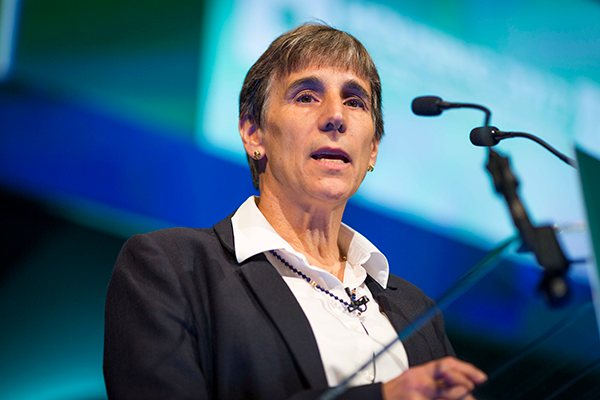You are viewing 1 of your 1 free articles
Councils' discretionary payment spend on benefit cap doubles
The amount of Discretionary Housing Payment (DHP) funding spent by councils on mitigating the benefit cap has more than doubled year-on-year, official statistics show.
Data released by the Department for Work and Pensions (DWP) today reveals that councils spent £29.7m of DHP money assisting people affected by the benefit cap in 2016/17, compared with £14.1m in 2015/16.
From November last year, the benefit cap was reduced from £26,000 to £23,000 in London and £20,000 elsewhere.
A survey by the Royal Institution of Chartered Surveyors showed the lower benefit cap was pushing people out of the private rented sector and a number of housing associations have said they are less likely to let to people hit by the lower benefit cap.
DHPs are allocated annually to councils by the government to provide financial support for people whose housing benefit or Universal Credit housing element does not cover their rent.
The total allocation for councils in 2016/17 was £149.4m, up from £123.5m a year earlier but less than was available in 2013/14 or 2014/15.
Benefit cap spending accounted for a greater proportion of the DHP total than in 2015/16 – up to 18% from 10%.
Terrie Alafat, chief executive of the Chartered Institute of Housing, said the figures were “worrying” and likely a result of the lower benefit cap.
She said: “Discretionary housing payments are intended to tide people over, but the concern here is that many of those affected by the lower cap are dependent on these payments because they are not be able to enter work.
“We are seriously concerned that many households are effectively in a race against time and if these payments end they will be at serious risk of falling into arrears or becoming homeless.”
A spokesperson for the DWP said: “Local authorities are best placed to understand the needs of their residents, which is why we have given them £185 million this year so they can help people who need extra support. This includes additional money this year to reflect the lower benefit cap level.
“Since its introduction in 2013, 29,000 households who previously had their benefits capped have moved into work, and even with the cap households can still receive benefits up to the equivalent salary of £25,000, or £29,000 in London.”
The figures also show a rise in underspending, with 241 councils spending less than their allocation and returning a total of £7.2m to the government, compared to 215 returning £4.8m the year before.
Bedroom tax-related payments accounted for the largest chunk of DHP spending at 50% of the total, though this was down from 60% in 2015/16.
Spending related to the Local Housing Allowance cap stayed at 10% of the total.










